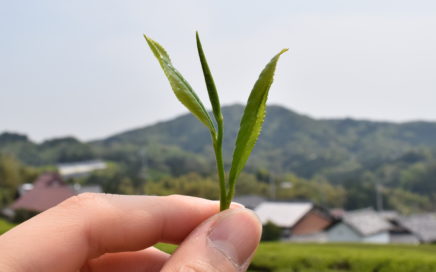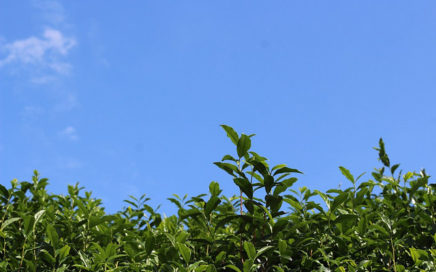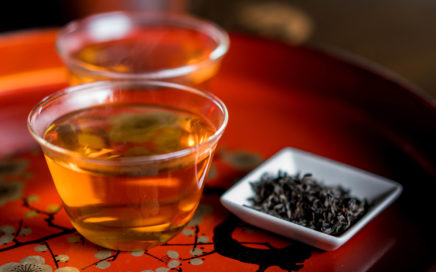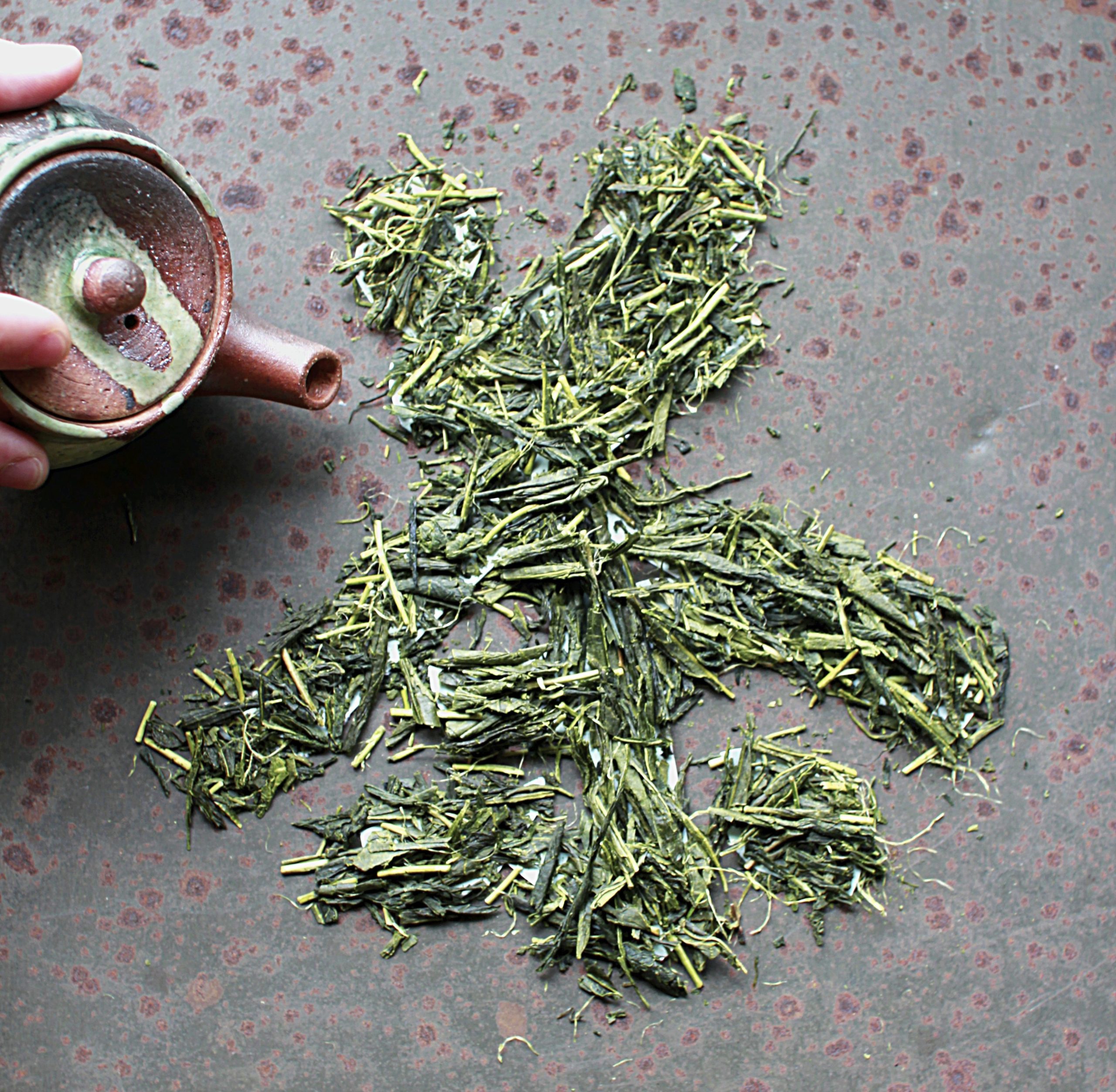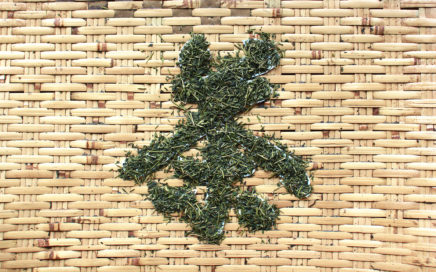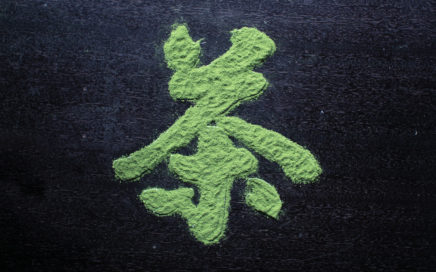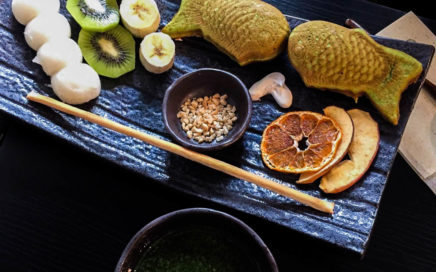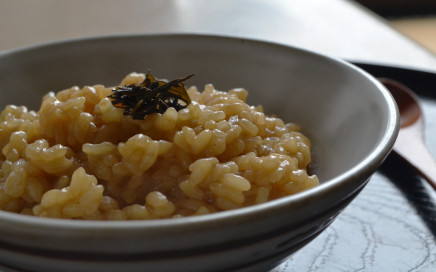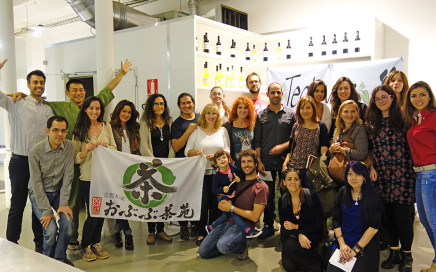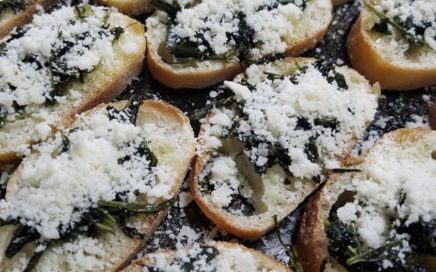
Kai’s Kitchen- Nothing more appetizing than a good appetizer
Kai’s Kitchen Nothing more appetizing than a good appetizer Hello all! Welcome back to Kai’s Kitchen. This week we kick things off by leaning a bit into the savory side of things. Japanese Tea is very well known for its insane umami flavor. Umami is a word overused and not very well […]

